The physical properties of cement have a significant impact on a structure’s serviceability, strength, and durability. The most important and highly recognized structural material used in construction is cement. All types of construction, from large skyscrapers, bridges, and tunnels to modest residential structures, use cement. It stands out as a crucial component of industrial buildings such as power plants, refineries, steel plants, cement mills, bridges, and other infrastructure.
Cement, when mixed with sand and aggregates, forms concrete, and when mixed with sand, it forms mortar. The serviceability, strength, and durability of a structure are entirely dependent on the quality of cement used for concrete and mortar; similarly, the properties of cement are directly related to the Cement Manufacturing Process, which involves the proportioning of ingredients, grinding, packing, and storing, among other things.
The cement properties are classified into PHYSICAL PROPERTIES and CHEMICAL PROPERTIES
Physical Properties of Cement
The physical properties of cement are critical in ensuring cement quality. Let us explore the physical properties of cement in depth. Physical properties distinguish different cement blends used in construction. Some critical parameters influence cement quality. Good cement has the following physical properties and is based on the following factors.
- Fineness of Cement
- Soundness of cement
- Consistency of cement
- Strength of cement
- Setting time of Cement
- Hydration reaction of cement
Related posts from vincivilworld
The fineness of cement – Physical properties of cement
The Fineness of cement is the measure of the particles of cement or the specific surface area of cement. The hydration rate of cement is directly related to its fineness. The higher the fineness of cement higher the specific surface area available per unit volume of cement. ie More area is available for cement and water action (hydration). This increases the rate of hydration and early gaining of strength in concrete. Bleeding can also be reduced by an increase in the fineness of the cement. But this in turn leads to dry shrinkage which can be managed by using more water.
Fineness can be determined by using a sieve analysis test, air permeability test or a sedimentation method.
The soundness of cement – Physical Properties of Cement
Soundness refers to the ability of hardened cement paste not to shrink or expand and retains its volume. If there is any change in volume, cracks may develop and the cement can be distinguished as unsound cement. Unsound cement can affect the durability and life of the structure. Soundness can also be defined as the volume stability of cement.
The cement manufacturing quality also has a very serious impact on cement quality. Inadequate heating can leave excess lime in cement. Even though cement plants have full-fledged quality labs to check the ingredients in detail, still cement has to be checked for its soundness before being used for any structure. Le Chatelier apparatus is used to test the soundness of cement.
Causes of Unsoundness of cement
The soundness of cement is affected by the presence of excess lime and magnesia. The excess lime hydrates very slowly to form slaked lime and will affect the properties of cement. The hydration difference between free lime (CaO) and slaked lime can change the volume of concrete on hardening and these changes make cement unsound.
Excess magnesia also reacts with water and affects the hydration process making cement unsound.
Gypsum is added to control the setting time of cement. Excess gypsum can react with Tricalcium aluminate to form calcium sulphoaluminate which can expand the concrete while hardening. The addition of gypsum has to be done with utmost care or else can make the cement unsound.
Consistency of cement
The consistency of cement is the ability of cement-water paste to flow under normal conditions. The optimum water-cement ratio has to be maintained in dry mixes to make it workable. Consistency of cement is the measure of the optimum water-cement ratio of a cement paste which can allow a Vicat apparatus plunger to penetrate a depth of 5-7 mm measured from the bottom of the mould. In that case, we can consider the paste is at normal consistency. The optimum water percentage for normal consistency ranges from 26% – 33%. The standard consistency test is conducted using a Vicat apparatus.
Strength of cement
Cement is the material responsible for imparting strength to mortar and concrete. The cement hydrates react with water and induce strength in concrete. The strength of cement has to be checked before it can be used for work. The strength can be affected by a lot of factors like water-to-cement ratio, ingredient proportioning, curing conditions, age, etc. The cement has to be checked for compressive, tensile, and flexural strength. The strengths are measured as grades in the cement bags
The strength is determined by checking the compressive strength of the cement.
Setting time of cement
The setting time of cement starts from the point water is added to the cement to a point where the cement reacts with water and hardening of the paste. It is the time taken from the production stage to the hardening stage which involves activities like, mixing, conveying, placing, and hardening. The setting time depends on a lot of factors like the fineness of cement, water-cement ratio, chemical content, and the presence of admixtures, etc. The setting time has to be adjusted in line with the structural requirements but has to ensure that the initial settling time should not be too low and the final setting time should not be too high.
The initial setting time is when the mix starts to stiffen and attains its plasticity. The initial setting time is 30 minutes for cement.
The final setting time is when the cement hardens to a point where it can take loads. The final setting time is 10 hours.
Hydration of cement – The most important Physical Properties of Cement
For using cement in any construction work, it is necessary to mix cement with water. On mixing water with the cement, a chemical reaction happens between water and cement leading to heat generation. This process of heat generation is known as the heat of hydration. It is very critical in mass concrete work and works done in hot and humid conditions.
When water is added to cement, a chemical reaction takes place between cement and water and is called hydration. Hydration generates heat, which can control the quality of the cement and helps in maintaining curing temperature in cold conditions. While using in mass concrete the heat generation tends to be very high which can cause undesired stresses in the structure. The heat of hydration is affected mostly by the presence of C3S and C3A in cement, water-cement ratio, fineness, and curing temperature. The heat of hydration of Portland cement is calculated by determining the difference between the dry and the partially hydrated cement.


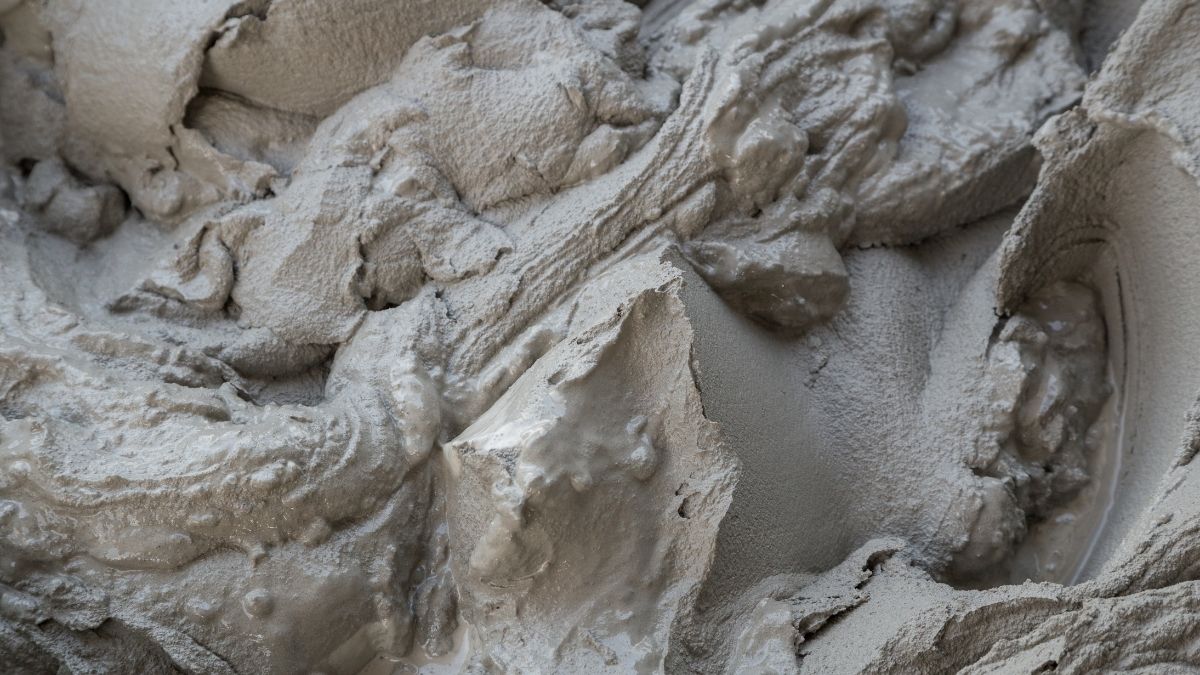
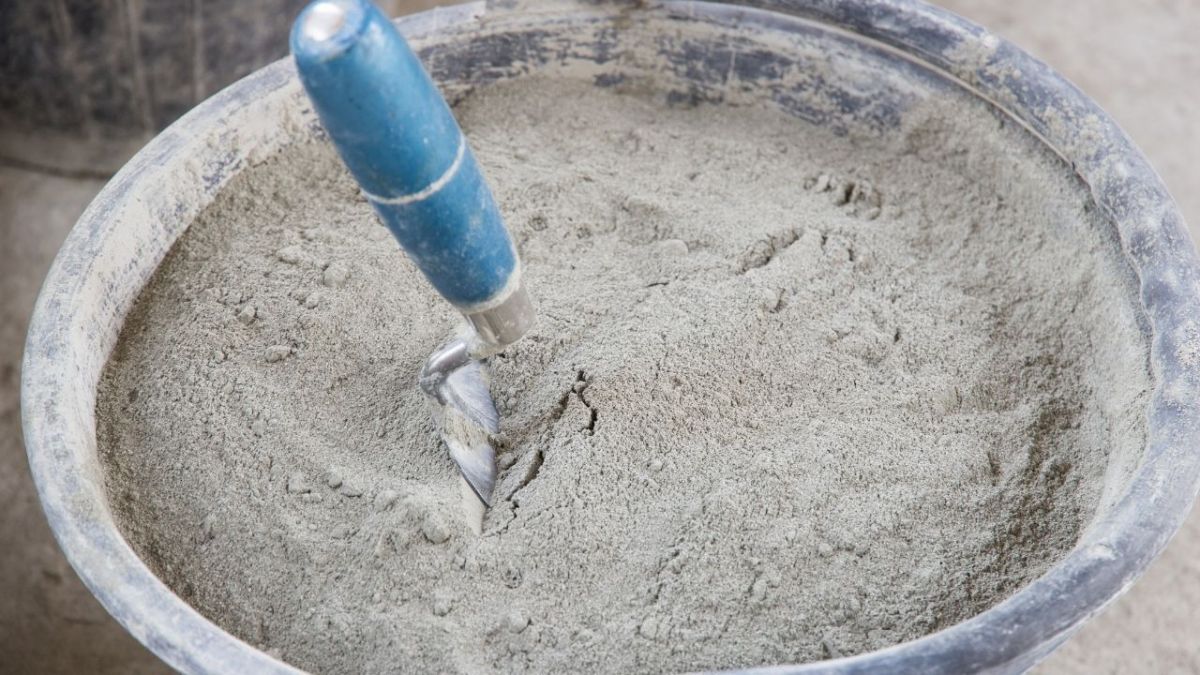
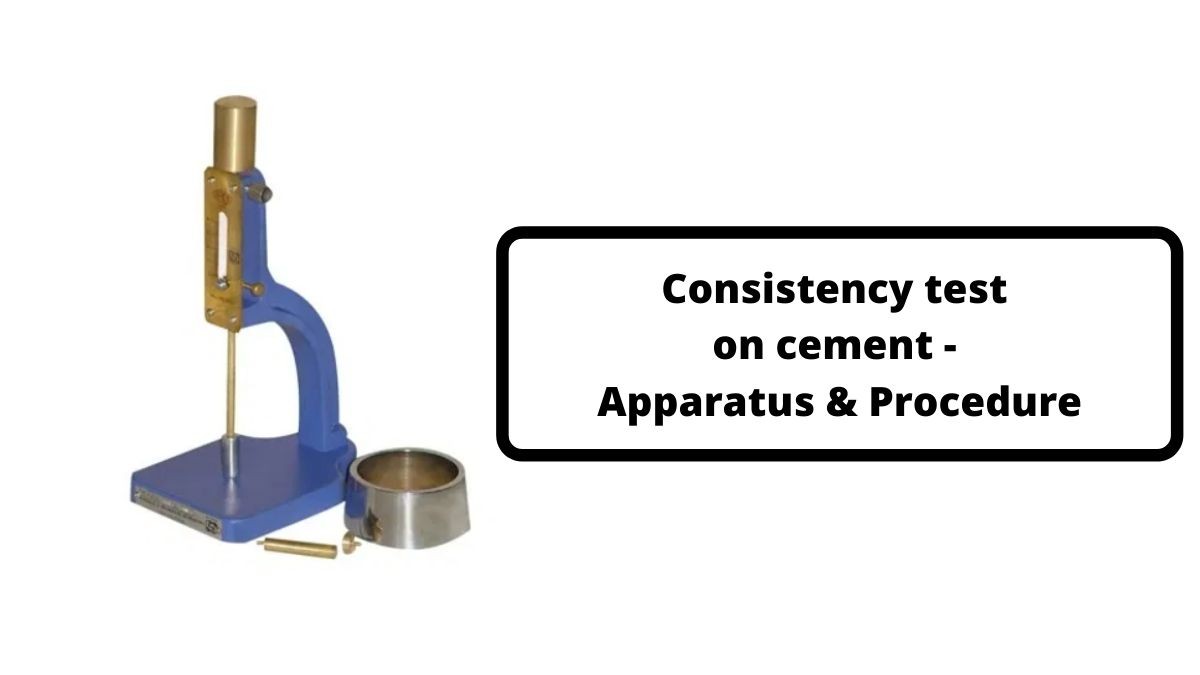
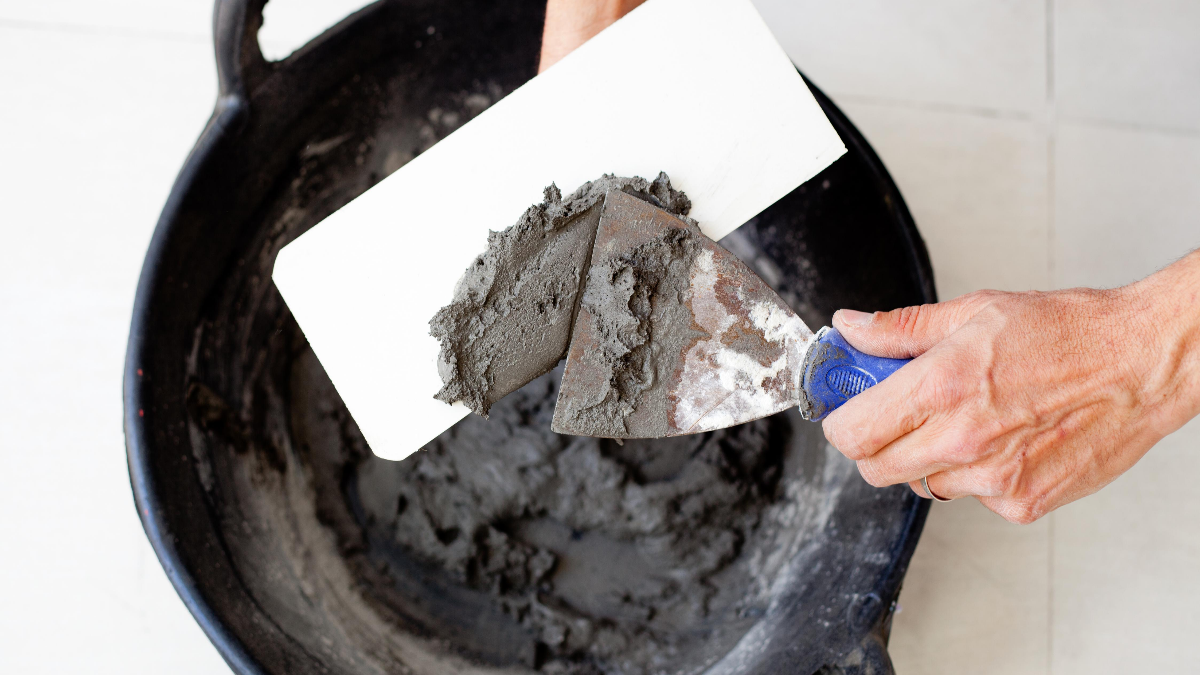
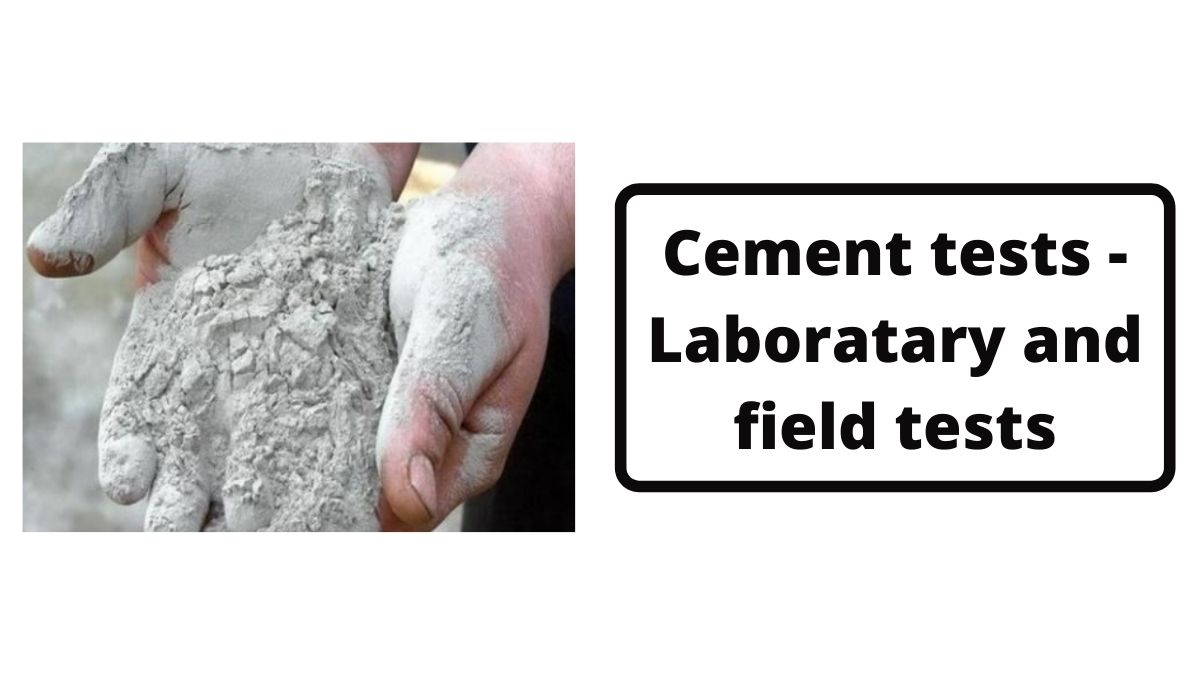
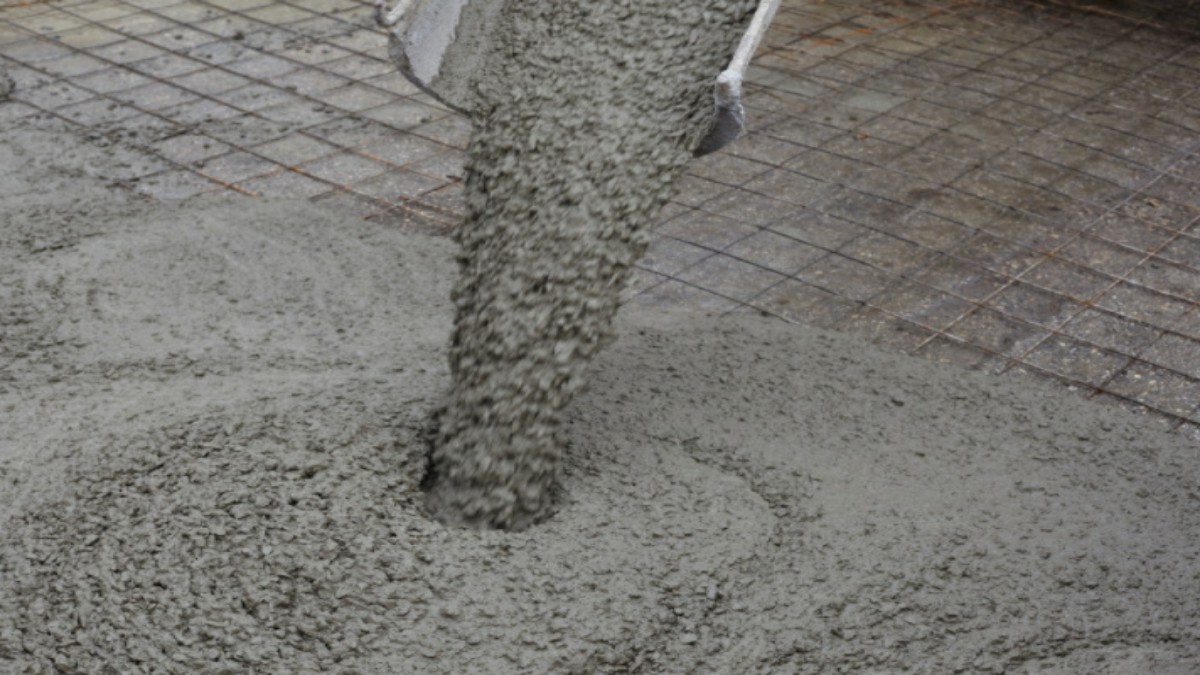

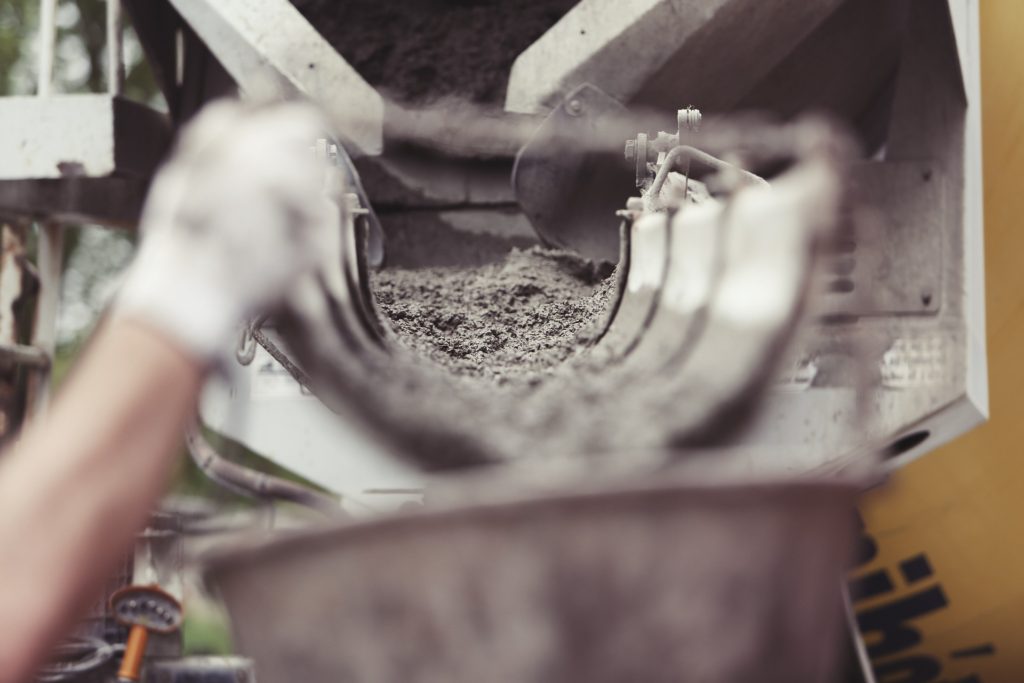
7 thoughts on “Physical Properties of Cement – Significance and impacts”